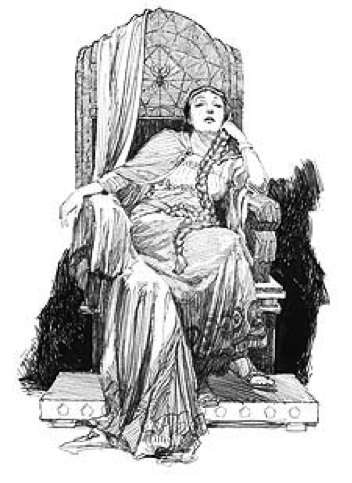Review: A Knight of the Seven Kingdoms by George R. R. Martin
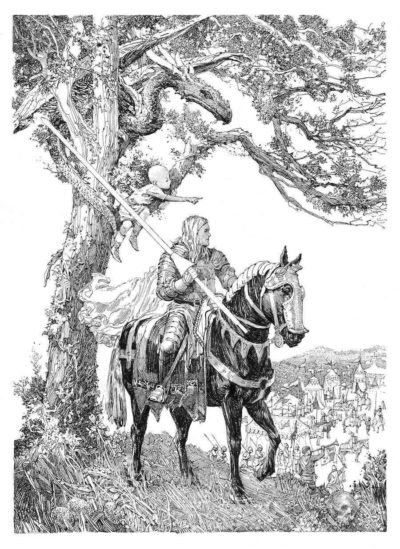
All artwork by Gary Gianni from A Knight of the Seven Kingdoms
The tales of the exploits of Ser Duncan the Tall and his squire Egg, this collection of a trio of novellas (The Hedge Knight, The Sworn Sword, and The Mystery Knight) has a light, elegant feel that brought back memories of reading the adventures of Robin Hood and stories of King Arthur’s knights. The three tales are full of jousting, heraldry, and bit of romance; this chivalrous atmosphere is further elaborated by Gary Gianni‘s delicate pen drawings, pitch-perfect pastiches of the sort of illustrations that charmed readers (including myself) of adventure novels back in the day (see Michael Chabon‘s Gentlemen of the Road for more of Gianni’s work if this tickles you).
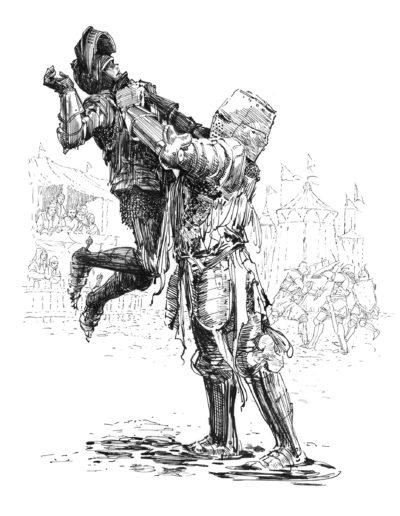
These tales are set a century before the events of A Game of Thrones, and much that novel and the rest of Martin’s “A Song of Ice and Fire” series explore the aftermath of Robert’s Rebellion, A Knight of the Seven Kingdoms is all about picking at the old, half-healed wounds of the earlier failed Blackfyre Rebellion, which pitted the “Black Dragon” against the “Red” in a battle for the Iron Throne. While these novellas have a far lighter tone than ASOIAF, they share that much grander tale’s interest in the lingering traumas of war, and the often corrupt and perverse ways that the sins of the fathers are passed on to their sons, both literally and metaphorically.
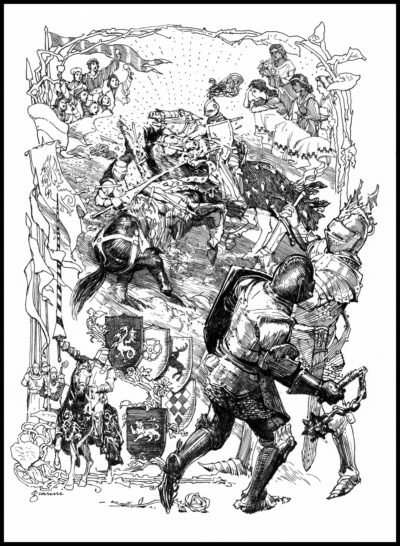
Compared to Martin’s sprawling ASOIAF series, these tales are pleasantly concise, with far fewer characters (Like Dunk, you won’t need all your fingers and toes to count them all up as a rule) and much tighter timelines (all the action is usually limited to a few days, with years of time passing by unremarked in between novellas). Of the three tales included here, I most enjoyed The Sworn Sword, most likely due to the fact that it was the most self-contained tale, the story of Dunk and Egg’s involvement in a minor but ultimately meaningful border squabble between minor lordlings, with more than a dash of romance thrown in to liven things up (“I bet she has freckles all over”).
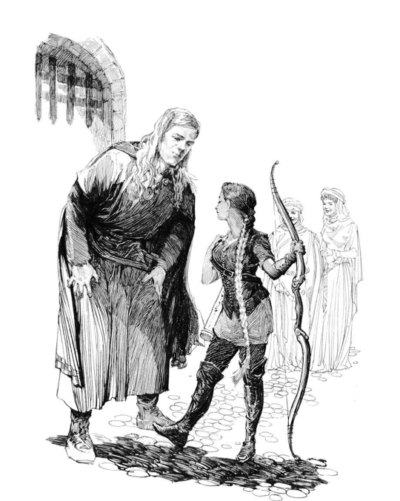
Martin’s ongoing authorial concerns with the wider lore of the royal history of Westeros keeps popping up, though, and the third novella The Mystery Knight in particular sometimes devolves into a mind-numbing list of names and titles.
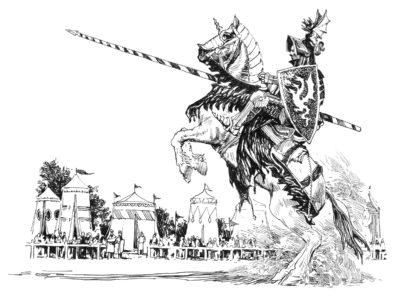
Also in keeping with the proud ASOIAF tradition, A Knight of the Seven Kingdoms is an incomplete tale, in a brief afterword, Martin promises “more travels and more travails” for Dunk and Egg. The reader who expects to have the whole narrative of these characters explored is sure to be disappointed here; prophecies go unfulfilled, and the characters’ destinies must be explored via online wikis, alas. Since I have my doubts that Martin will even finish the mainline ASOIAF story, I’m even more reluctant to anticipate further adventures of Dunk and Egg. But these tales feel far more free of the burdens of crushing reader expectation, and the overall experience of reading these tales was one of pure pleasure and escapism. I was brought right back to the feeling of curling up with an illustrated compendium of the adventures of Robin Hood as a child, and that’s about as delightful a reading experience as I can imagine.
